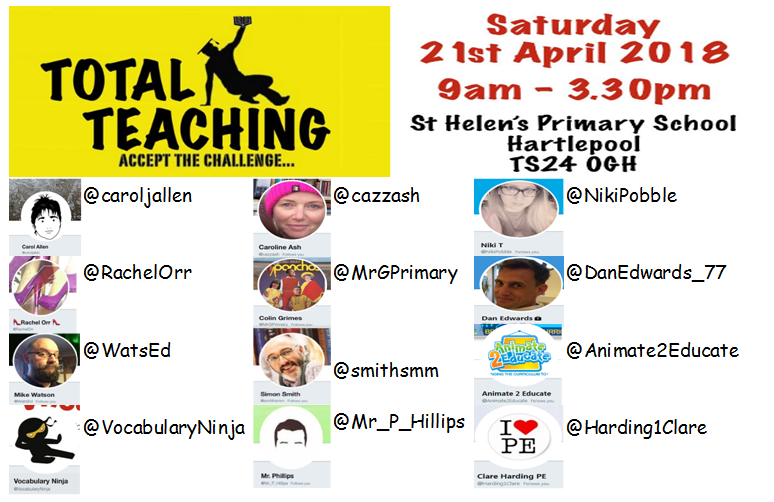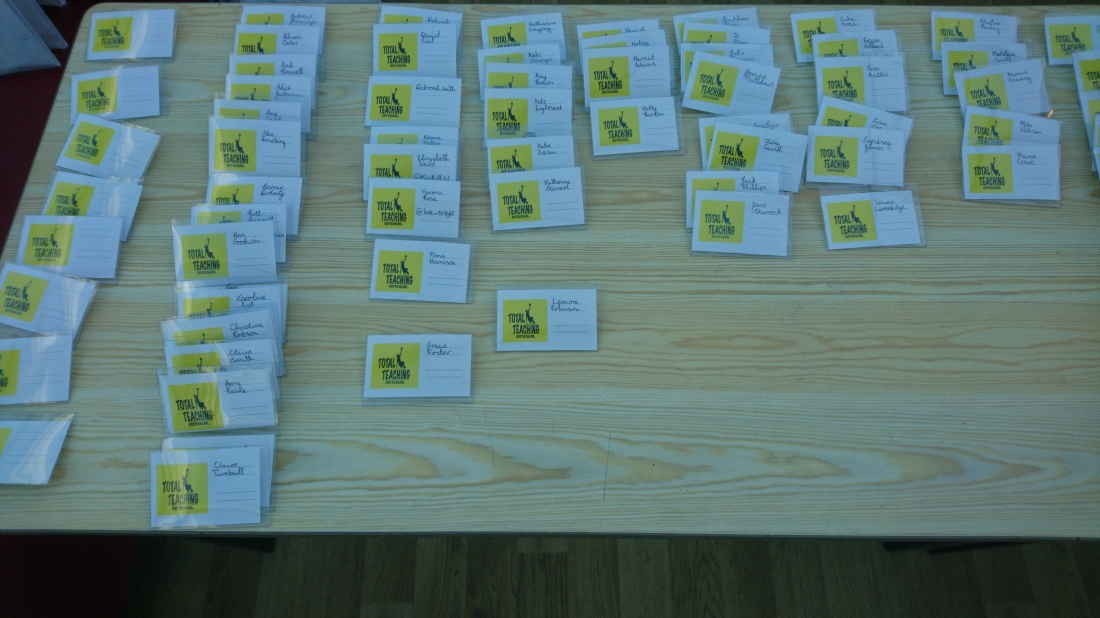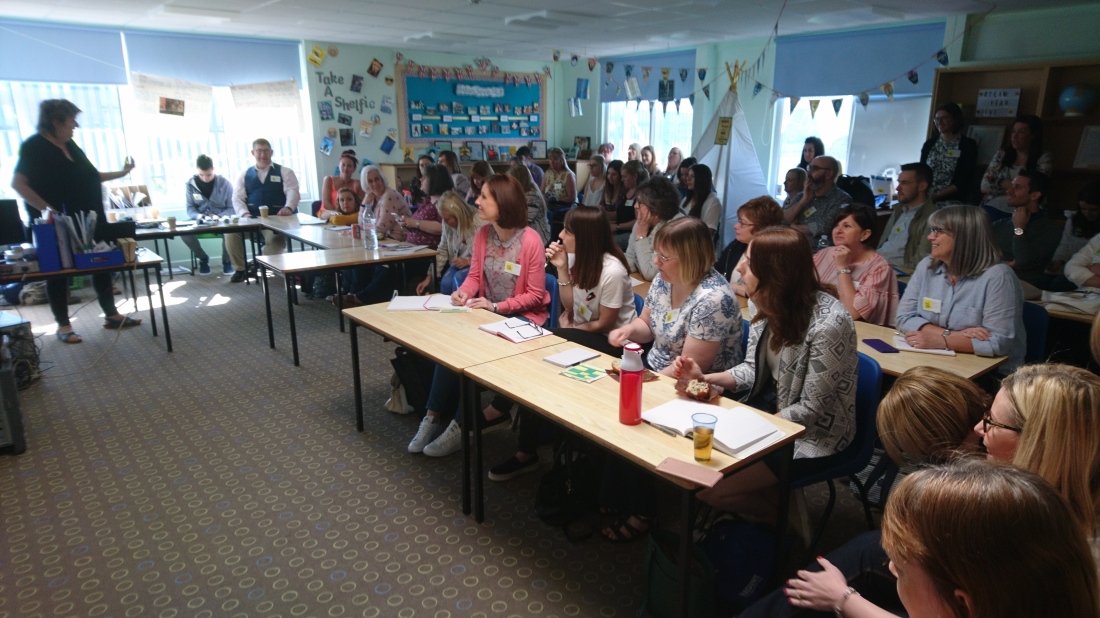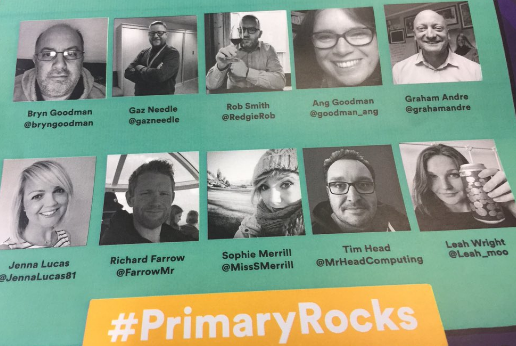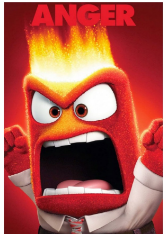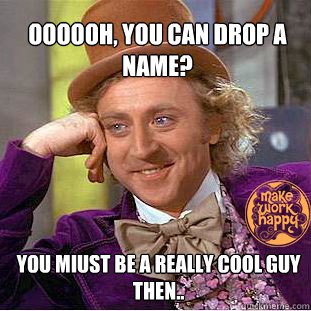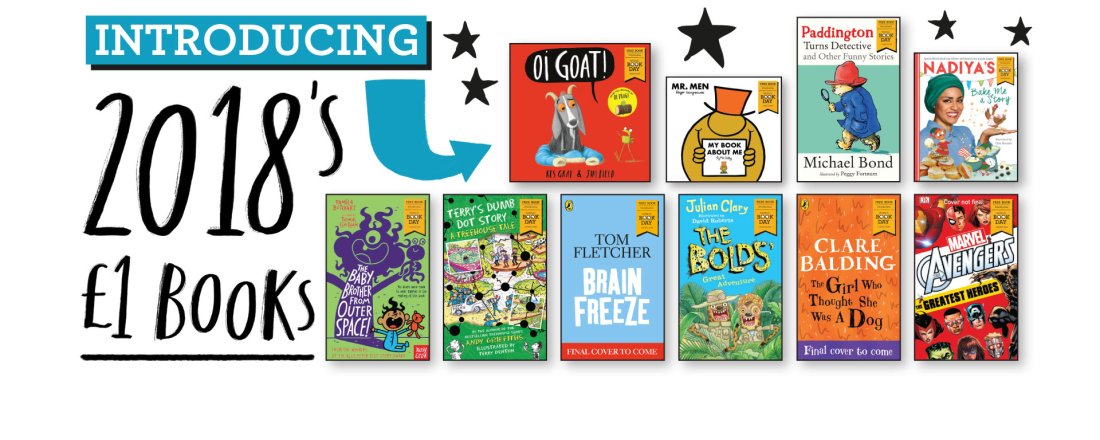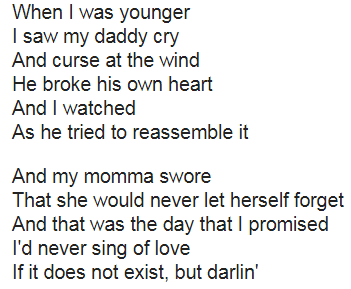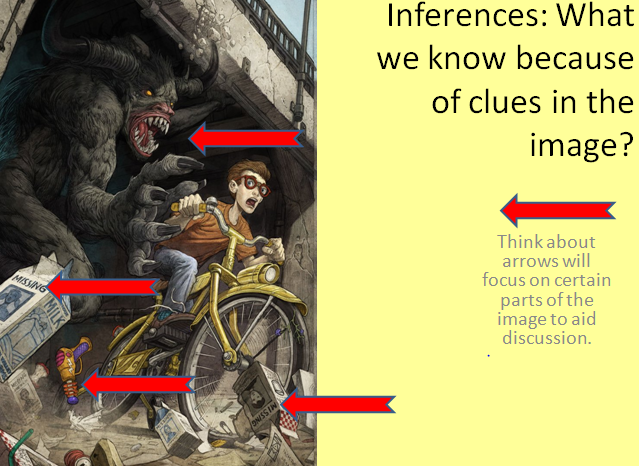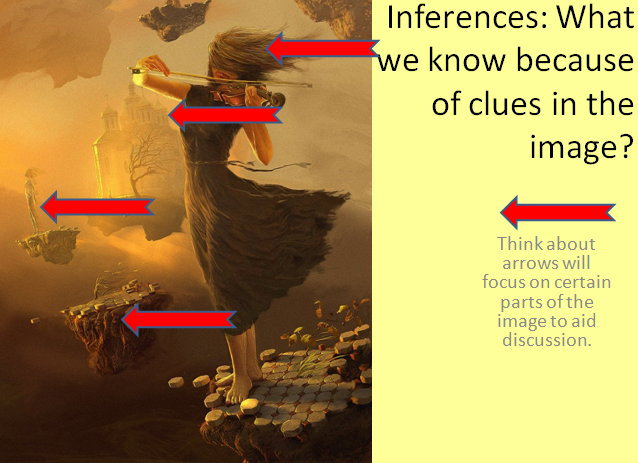Now as the great saying mentions standing on the shoulders of giants, I offer my 5’9″ and bit stocky frame for you. Gaze from those dizzy heights and marvel at my wisdom…of things I’ve stolen from people far better at teaching than me.*
*Disclaimer: I’ve generally found these out after messing up!
I imagine this list will start off with the big stuff, so lots of writing then dwindle off like a last lesson on a Friday.
- Find your mentor. No, not that person the gaffer says is your NQT mentor. That is a label. A pen pusher who will only make you jump through hoops like a performing dolphin. I mean a real mentor. This person will go about their job without moaning all day, yet will ask the SLT to clarify stuff. They will be a decent teacher who everyone respects – this person is your Yoda. Watch them carefully, observe their habits, try not to stalk them as that’s just weird; this person knows the short cuts to how YOUR school works.
2. Always have sharp pencils. Good presentation in books goes a long way – yeah, yeah, all that ‘It shouldn’t’ and ‘Kids content matters’ I get that but it is what it is.
3. Get an electric pencil sharpener. (Told you it would be all the important stuff first).
4. If you can’t get one, get the kids to sharpen the pencils.
5. Listen to your NQT mentor. No, not the Yoda type, the proper one. The one that will sit with you and try to teach you the right way how YOUR school does things. You need to know that to be able to understand the short cuts and easy wins. At times, your NQT mentor might wield the stick or the carrot. If it is the stick, then shape up. They don’t do this because they like being nasty, they do this because if you continue to need the stick it gets passed to someone who has a bigger stick. The carrot isn’t often seen – those quiet words to the SLT that you’re doing OK all build up and often you end up with a permanent job.
6. Hit deadlines ahead of time. If you try to write your reports in a weekend then you’ll have an utter nightmare.
7. Be punctual. Teaching is in a bubble a lot of the time and to many staff being late is the only part they will judge you on. Late for break duty is a sin.
8. Get out for the end of the day on time. Hell have no fury like a horde of parents stood in the drizzle cause you’ve gotten excited about the last chapter of whatever. THEY DON’T CARE THAT THE KIDS LOVED IT. THEY ARE SOAKED!
9. Check out last year’s books. Every school will have a bundle of books from the previous year, often they are stashed somewhere with some pizza menus with a sign saying: ‘In case of Ofsted break glass’. Ask to see the year group that you are currently teaching, take photos, steal ideas as this is the best example that the person who taught that year had. That standard gives you a starting point.
10. Mark on the go. (Not sit there with a mountain of books while the kids watch Youtube).
11. MATHS TIP – always, always, always have the answers worked out. This makes marking quicker. And I mean worked out as if you’re asked to model a question by one of the blighters, you better know how to do it or you look an idiot.
12. Snipping Tool – Teacher’s best friend.
13. Photocopy the night before. That poor, paper churning beast is battered each morning, give it and yourself a stress free start by going on a night when most don’t.
14. Consider your body placement in the classroom. Think like a mafia hitman – can you see the whole of the room from your spot. If Timmy can stab you in the back with his pencil, then Amber can defo shove a crayon up her nose.
15. Don’t create War and Peace on meeting day. If you know day x is always a staff meeting, then use ya brain and not work in every book that day. You won’t have time to catch up on the marking after someone drones on until. The. Very. Last. Second. Of. The. Meeting. And Mrs B, don’t ask that question damn you!
*This rule counts for the nights of family birthday meals, etc.
16. Allow time for the kids to tidy up and make them good at it. Think of them as tiny elves making your day easier.
17. Be nice to the caretaker.
18. And Office staff.
19. And Cleaners.
20. And Dinner staff.
21. Don’t get lashed at the Christmas do!
22. Easy to eat lunches – nothing too sloppy or it ends up on your top/the kid’s books.
23. Be shiny and new – your enthusiasm is what you bring, don’t be ashamed of that.
24. In assembly, sit the trouble makers apart. Front and start of the line if you’re lucky just to have 2. There is nothing more cringe than having the head call out your class.
25. Lists. Lists can be endless but if done well they can be a life saver. Rule number one of lists is to do something as soon as asked if it is a quick job. It doesn’t go on the list and means you don’t forget/miss the deadline. Rule number two of lists is to make sure you do the jobs that matter when you have time.
26. PPA – use this time well. Don’t wander, don’t chat, get stuff done. I once knew of a group of NQTs that all had their PPA on the same day – all that was missing was a pool table and flat screen TV to watch the footie. Oh, and work…that was missing as well. Headphones help with this.
*Same applies at the end of the day; if you’re going to have a brew and hang about in the staffroom and chat until 5 then moan you’re taking home too much, you need to look at yourself.
27. Work at the right times. My NQT Yoda used to stay on a Friday and get his work done. At first I though this was odd, but as the Sunday dread became a thing I came to see how he must have left school work free for a weekend of chilling. Thursday became my day to do this. Find what suits but avoid weekends as best you can.
28. Seating plans.
29. For those books you’ve not got marked on the go, have them collected in open at the work. Much quicker to mark later.
30. Enjoy it. The job is the best in the world.
Most importantly, remember this: it isn’t a race. The best NQTs often don’t see the course and are burnt out. Some reflect and decide they can’t give as much as they once did to teaching, thus making changes that help them longer term. If you’re hanging around, then it is going to be 20 years so don’t be so hard on yourself. You can make mistakes, you will learn, you will improve and at the end you can turn around and help the next lot of victims…I mean teachers.












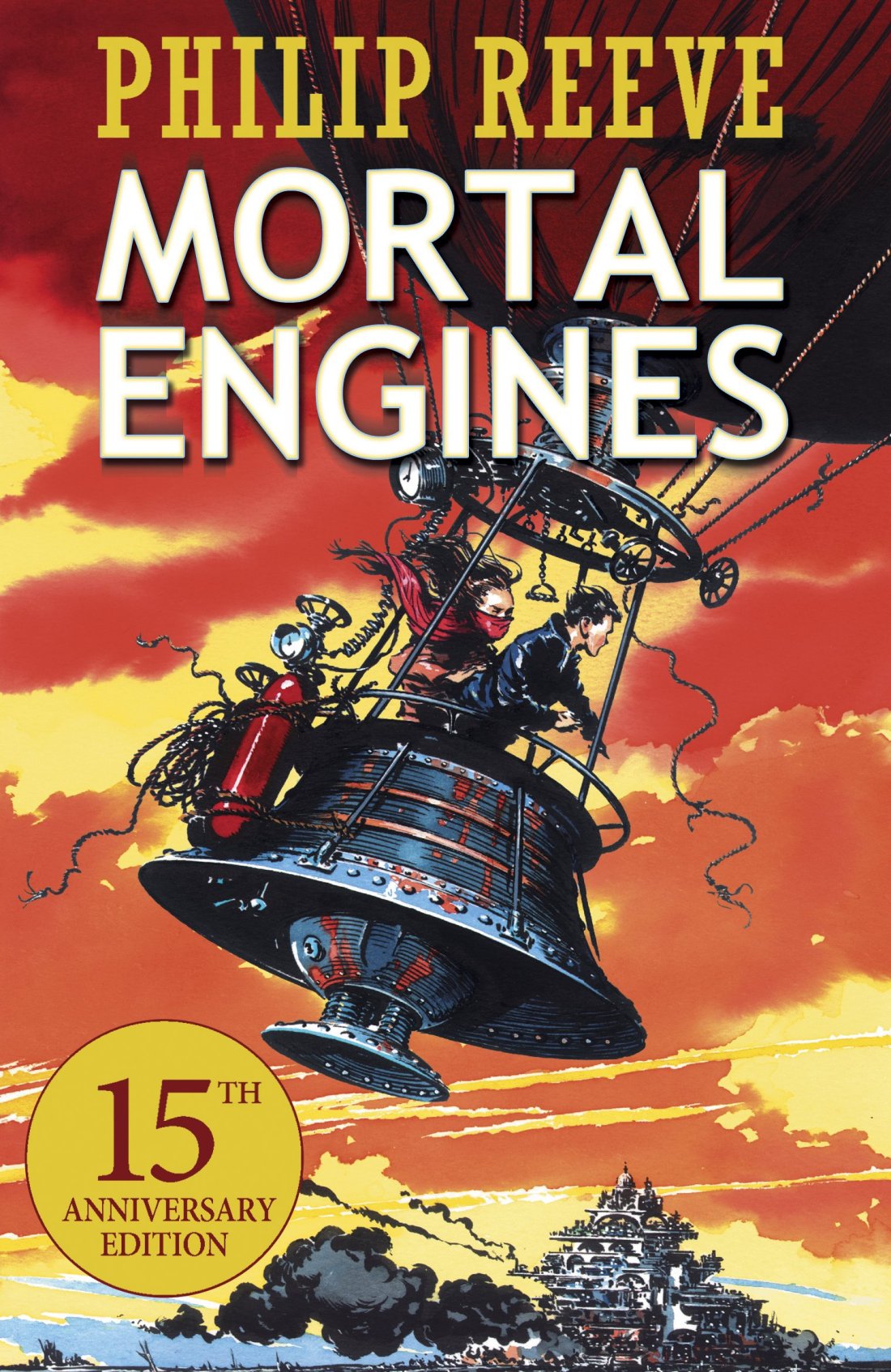


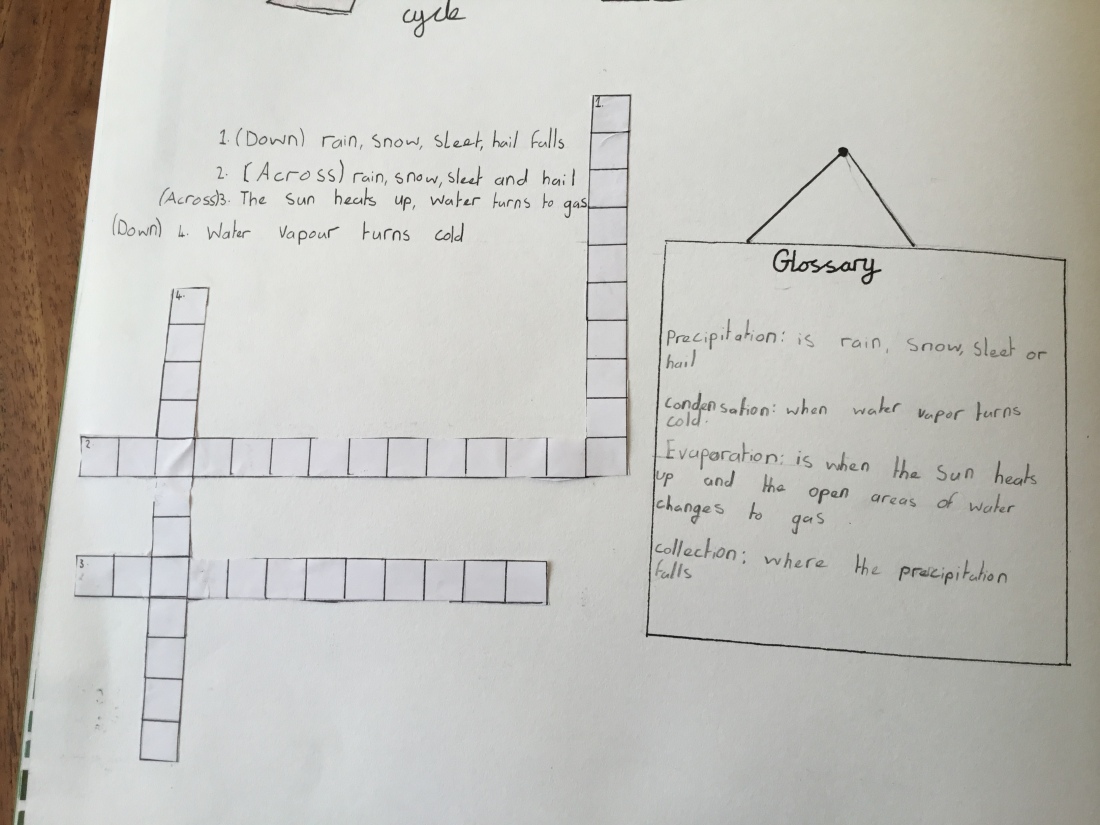

















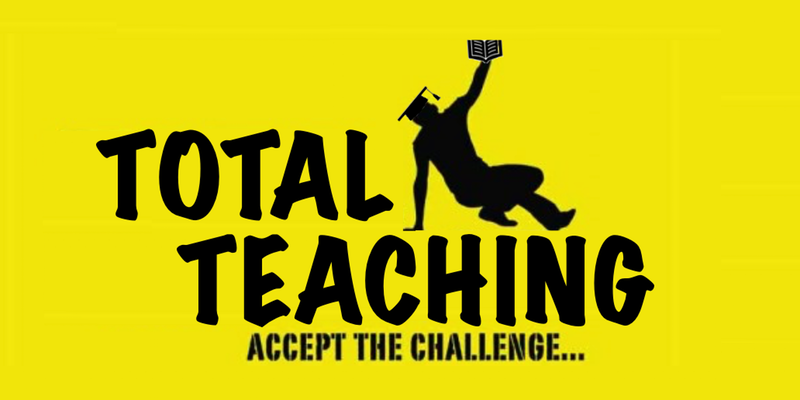 Now let’s just be clear about this…the blog name gives the biggest clue to how I feel as a teacher. I’m plain bog-standard. I graft and do my bit. But every once in a while the bog-standard step up and deliver.
Now let’s just be clear about this…the blog name gives the biggest clue to how I feel as a teacher. I’m plain bog-standard. I graft and do my bit. But every once in a while the bog-standard step up and deliver.